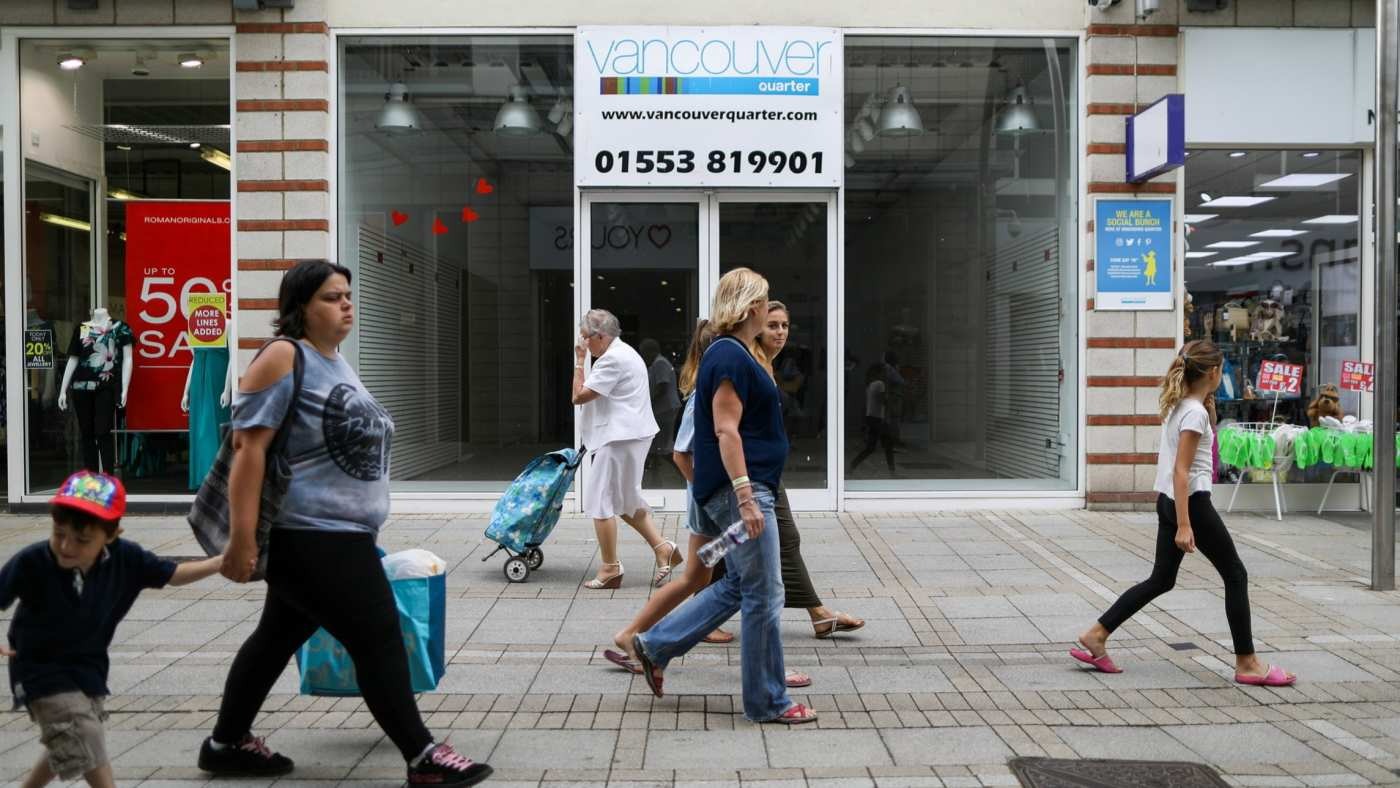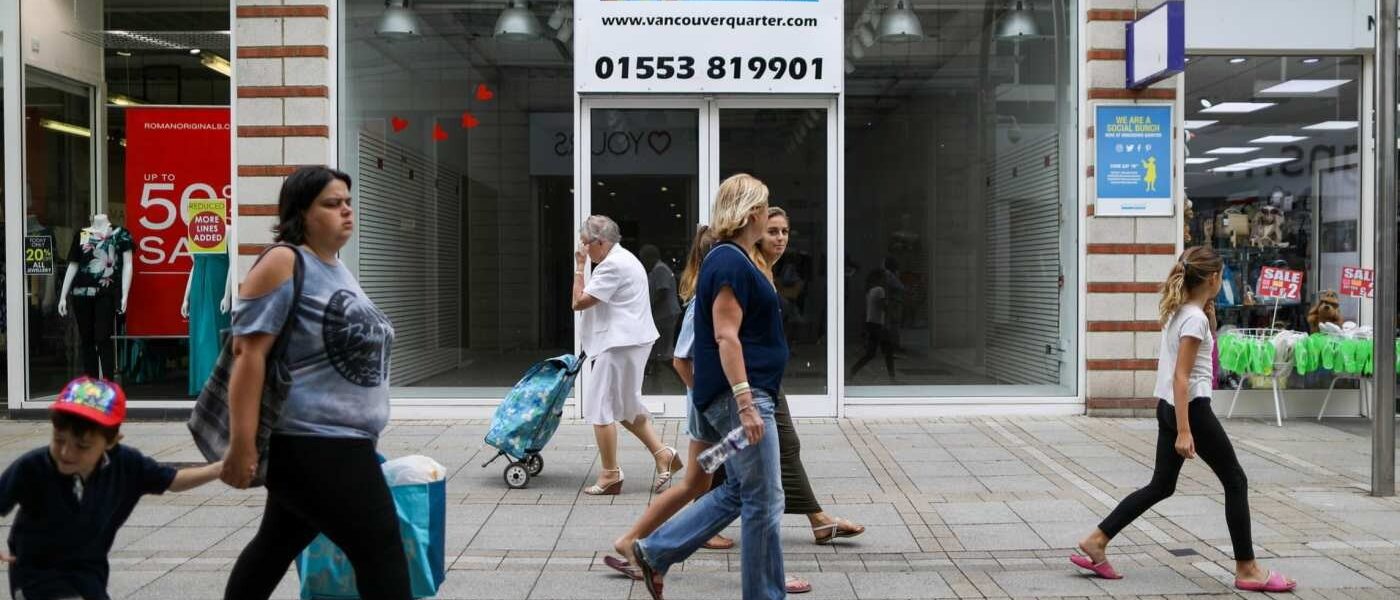The UK property market recovers faster than many European countries: A sign of growth or a looming bubble?H
According to market data, UK property transaction volumes and values increased in the first half of 2024. In Germany and France, the largest markets in Europe after the UK, transaction activity was flat and prices rose only slightly during the period.
Industry executives and agents said the UK had benefited from hopes of political stability following the general election, a stronger economic outlook, rising rents and a softer price rise between Brexit and the market peak in 2022.

Commercial property values have fallen by almost a quarter across Europe since their peak in 2022. However, prices rose by about 1 per cent in the first half of the year, according to Green Street’s index. The UK outpaced France and Germany with a 1.4 per cent rise.
UK transaction volumes rose 7 percent, with €26 billion worth of properties changing hands, while volumes across mainland Europe remained flat, according to MSCI.
Signs suggest the UK market is heading for a faster recovery despite the European Central Bank cutting interest rates in June, two months earlier than the Bank of England.
“We’re seeing the market start to turn,” said Ben Sanderson, managing director, real estate at Aviva — one of the UK’s largest institutional real estate investors, managing around £50 billion.
The nascent recovery has belied the fact that some types of real estate are in greater demand than others.
Warehouse, residential and hotel property prices have risen modestly over the past year, according to Green Street’s European index. Other sectors, particularly office buildings, are still experiencing sharp declines in value.
The first half of 2024 was the worst for the UK office market since MSCI began tracking it in 2001, with just €4.2bn in transaction value. Growth instead came from sales of apartment blocks, student accommodation and hotels.
Sanderson warned that he expects the recovery to be “K-shaped,” with some properties continuing to fall in value while others recover.
Investors are being choosy about what they buy. The traditional main real estate sectors – offices, retail and industrial – are all still report ing year-on-year declines in transaction activity across Europe, according to MSCI.
The biggest buyers of European real estate in the first half of the year included major US private equity groups Blackstone, Ares and KKR.
Blackstone said it had invested about $3 billion in European real estate, excluding debt investments, with the largest chunk in the UK – where it struck major new home deals with Vistry and bought a hotel chain, logistics warehouses and a luxury retail complex on New Bond Street.
James Seppala, Blackstone’s head of European real estate, said the firm was focusing on “logistics, residential, leisure and data centres” as these sectors “benefit from tenant and investor demand”.
UK deal activity has been boosted by a number of large deals, including LondonMetric’s takeover of LXI. Other listed landlords, including Segro, Unite Students and GPE, have raised equity this year to fund new investments as they seek to capitalise on a sustained recovery.
Property prices in the UK are more closely tied to current market conditions than elsewhere in Europe, a feature that often helps the market revalue more quickly.
hai


